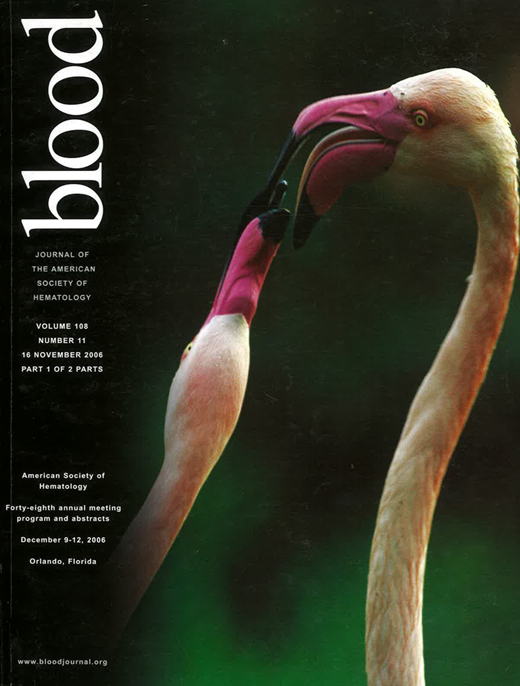Abstract
We treated 520 patients ≤60 years with de novo (n=414) or secondary (n=106) AML. Patients with CBF-leukemias [t(8;21) or inv(16)] or normal karyotype and good response (GR) to induction I (≤5% blasts in d15 BM) were considered standard risk (SR), all others as high risk (HR). Patients with t(15;17) were excluded. Induction I consisted of standard dose araC, idarubicine and etoposide (IVA-I). Patients with GR to IVA-I continued with IVA–II on d21. In patients with bad response (>5% BM blasts on d15), the second cycle consisted of either IVA–II or FlAG/Ida. Induction was followed by early consolidation with intermediate dose araC. As late consolidation, SR patients with normal karyotype and an HLA-matched sibling received matched related donor (MRD) transplantation. The remaining SR patients were randomized between high dose (HD) araC (12 x 3g/m2)/daunorubicine (3 x 45mg/m2) or an autologous peripheral blood stem cell transplantation (autoPBCSCT) with PBSC mobilized after early consolidation. 90% of the 262 SR patients achieved CR in contrast to only 59% of the 249 HR patients (overall CR rate 74%). After 75 months, overall survival (OS) and relapse free survival (RFS) was significantly better for SR than for HR patients. Within the SR group, OS for patients with CBF leukemia (n=62) at 56 months was significantly better than for patients with normal karyotype (n=200). RFS was similar for both groups. 57 SR patients (14 with CBF leukemia) were randomized to receive HD araC and 62 (16 with CBF leukemia) to undergo autoPBSCT. At 70 months, OS and RFS was not different for the patients treated with autoPBSCT and for those receiving HD araC. This was true for patients with normal karyotype as well as CBF leukemias. Median duration of neutropenia (<500/μl) was 9 days for autoPBSCT and 19 days for HD araC (p<0.01) with a significantly higher rate of septicemia (21% vs. 11%) and pneumonia (14% vs. 3%) after HD araC. Duration of thrombocytopenia was 21 days for HD araC and 11 days for autoPBSCT (p<0.01). In SR patients with normal karyotype, OS and RFS after MRD transplantation did not significantly differ from HD araC or autoPBSCT. However, when looking at the FLT3 status in patients with normal karyotype (n=49), chemoconsolidation resulted in an inferior survival (17%) in patients with mutated FLT3 as compared to autotransplantation (67%). In conclusion, outcome is similar in SR AML patients after autoPBSCT, HD araC or MRD transplantation. In SR patients without an HLA-identical sibling donor, autoPBSCT instead of HD araC as used in our study is recommended for late consolidation due to the reduced treatment related toxicity and should be studied prospectively in patients with mutated FLT3.
Disclosure: No relevant conflicts of interest to declare.
Author notes
Corresponding author

